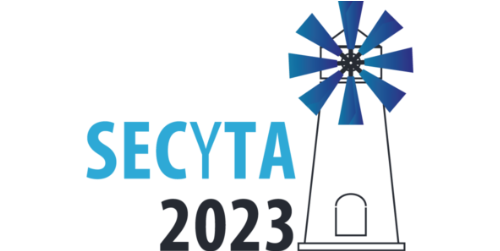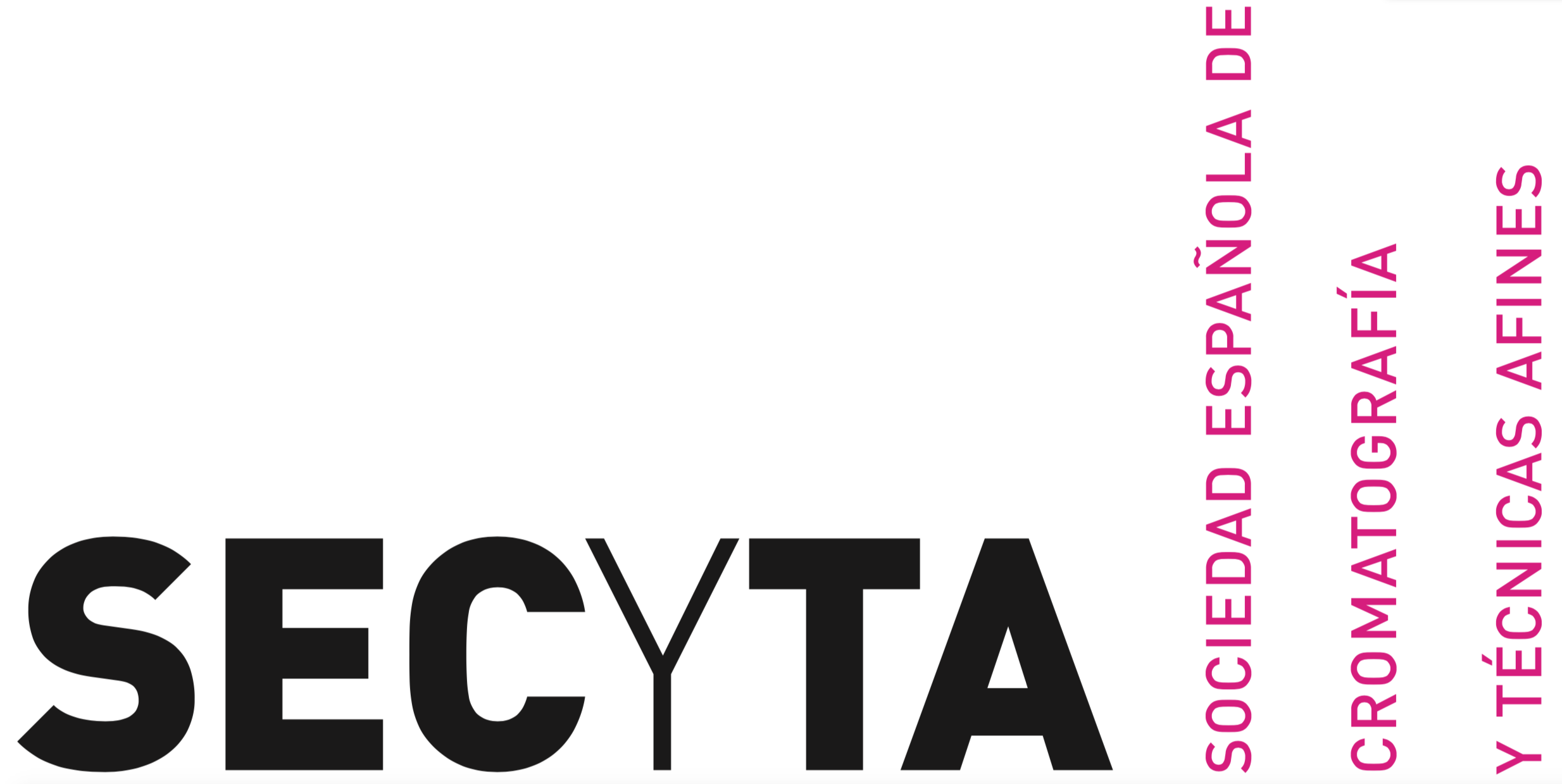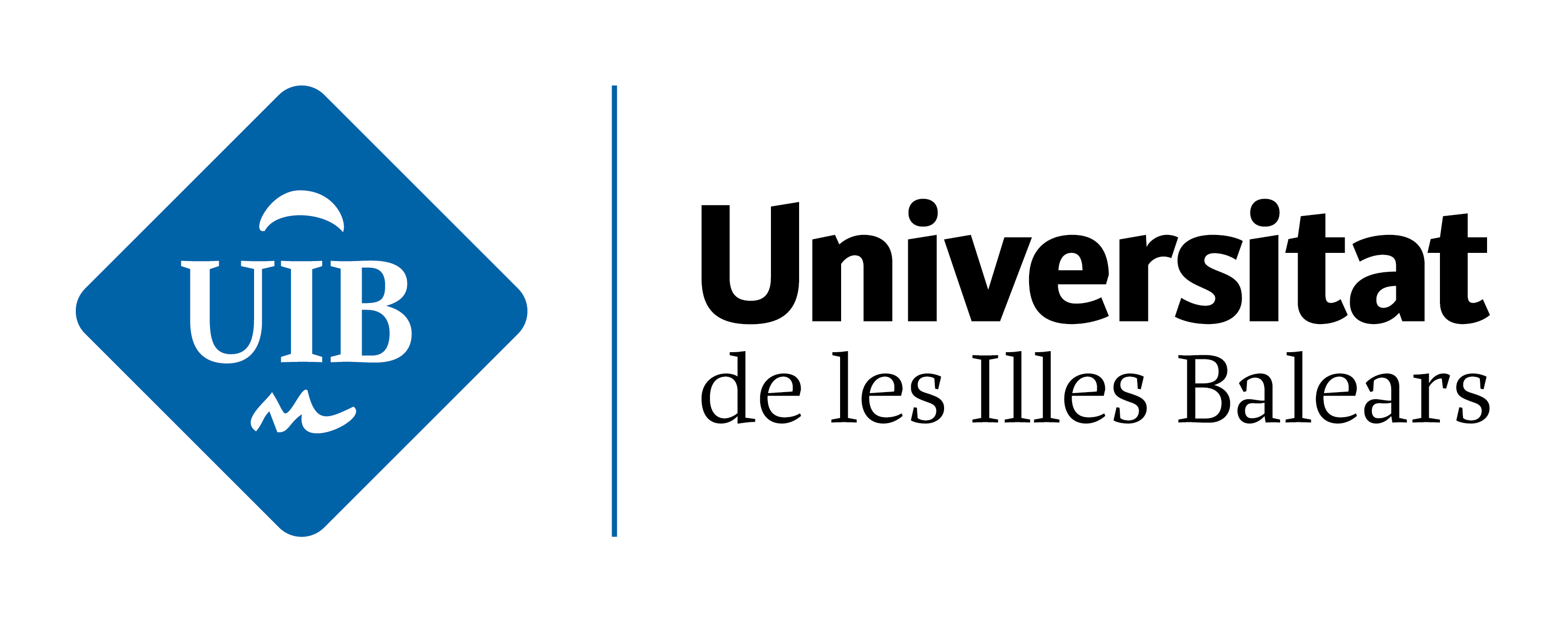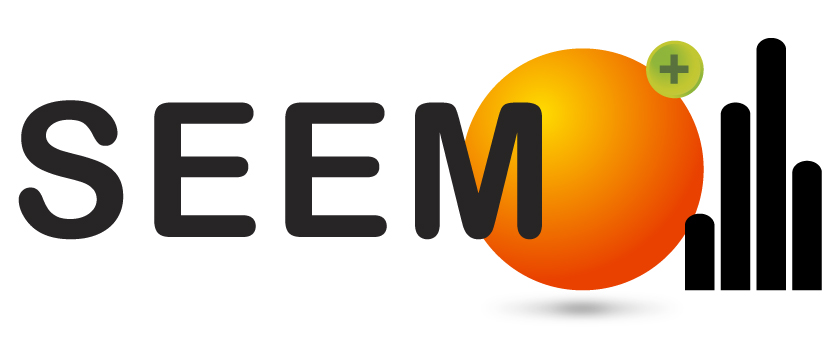
XXII Meeting of the Spanish Society of Chromatography and Related Techniques
S’Arenal, Mallorca, 16-18 October 2023
Welcome
Chromatography is a rugged analytical method that has undergone tremendous strides in recent years. Gas and liquid chromatographic methods coupled to mass spectrometry or other detectors are now capable of determining organic molecules over a wide range of volatility and polarity properties, even at trace levels. These analytical techniques provide the necessary tools to meet the societal challenges and demand for monitoring the more than 300,000 organic compounds in common use in our civilization, e.g. their occurrence in the environment, food intake, human exposure and other issues such as transformations by oxidation, photolysis, hydrolysis in the environment or metabolic processes in organisms, including humans.
However, human development is continuously increasing the number and diversity of chemical compounds to fulfill new societal requirements, which in turn increases the demand for better analytical methods with higher sensitivity, accuracy and precision for the understanding of the environmental and human threats posed by the new chemical species. Chromatography is at the cross-road of the analytical methods to meet these needs.
In this XXII Scientific Meeting of the SECyTA we will provide an update on the latest advances in gas and liquid chromatography and related techniques. The topics that are welcome in this meeting include (i) developments on the theoretical fundamentals of column separation, (ii) hyphenated techniques and omics, (iii) miniaturization and automation, (iv) imaging, (v) green separation methods, (vi) chemometrics, and (vii) environmental, toxicological, forensic, food and nutritional analysis.
In collaboration with the Spanish Society of Mass Spectrometry there will be a session specifically devoted to image applications of MALDI (Matrix-assisted laser desorption/ionization mass spectrometry) in which significant improvements have been reported over the past few years.
Furthermore, a special session will be organized to critically discuss potential alternatives available in view of the progressive scarcity and increasing cost of helium, one of the most used gases in gas chromatography.
Last but not least, we will also dedicate a specific session to the analysis and identification of micro/nanoplastics, and contaminants of emerging concern associated to them, in marine waters such as those of the Balearic Islands coasts, freshwaters systems, biota and food commodities.
We are looking forward to meeting you all in Mallorca.
Joan O. Grimalt and Manuel Miró
Organizer
With the collaboration of



